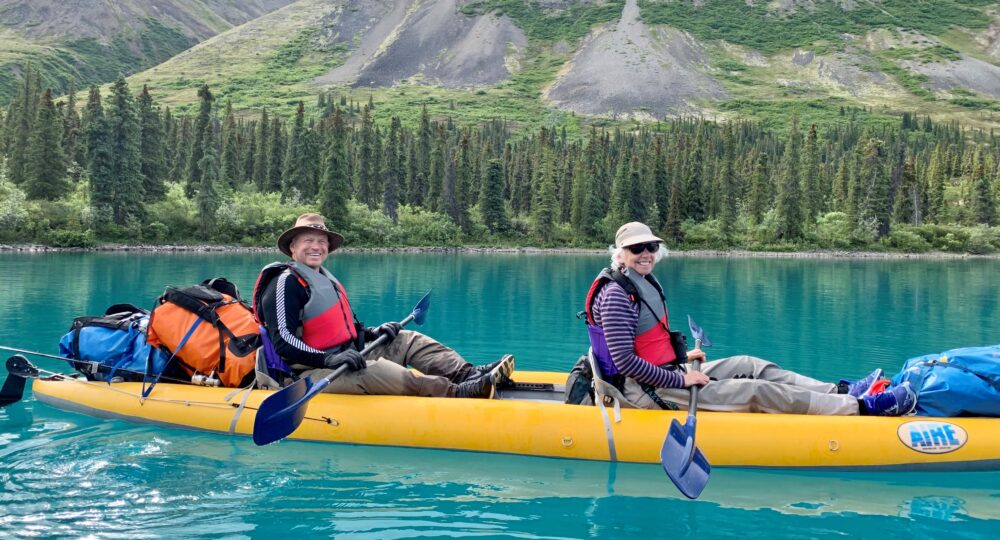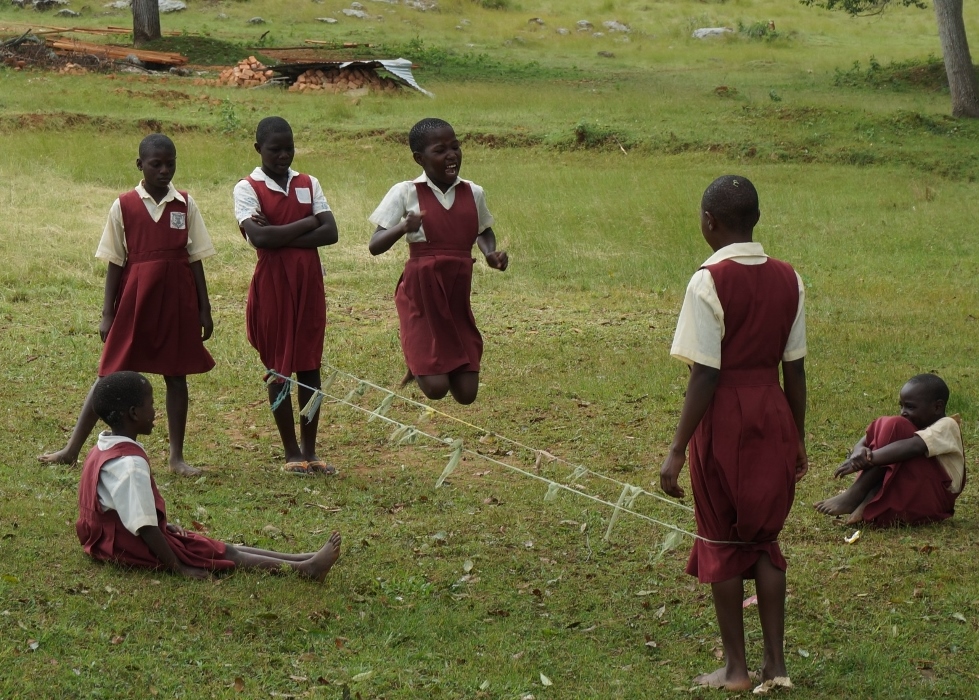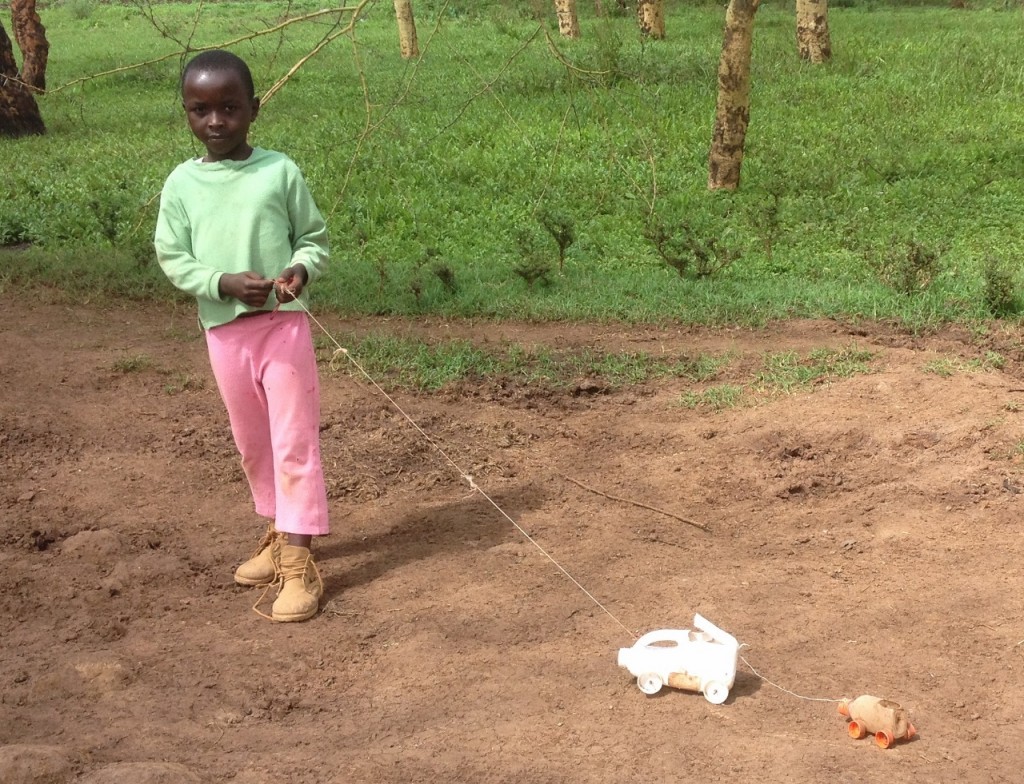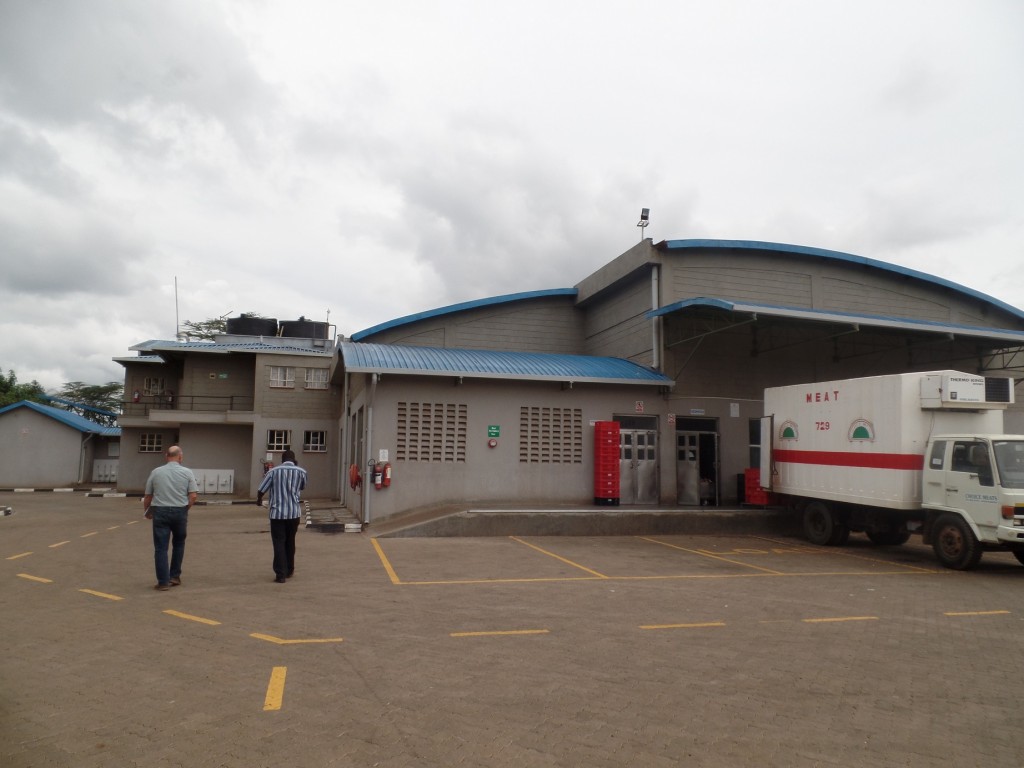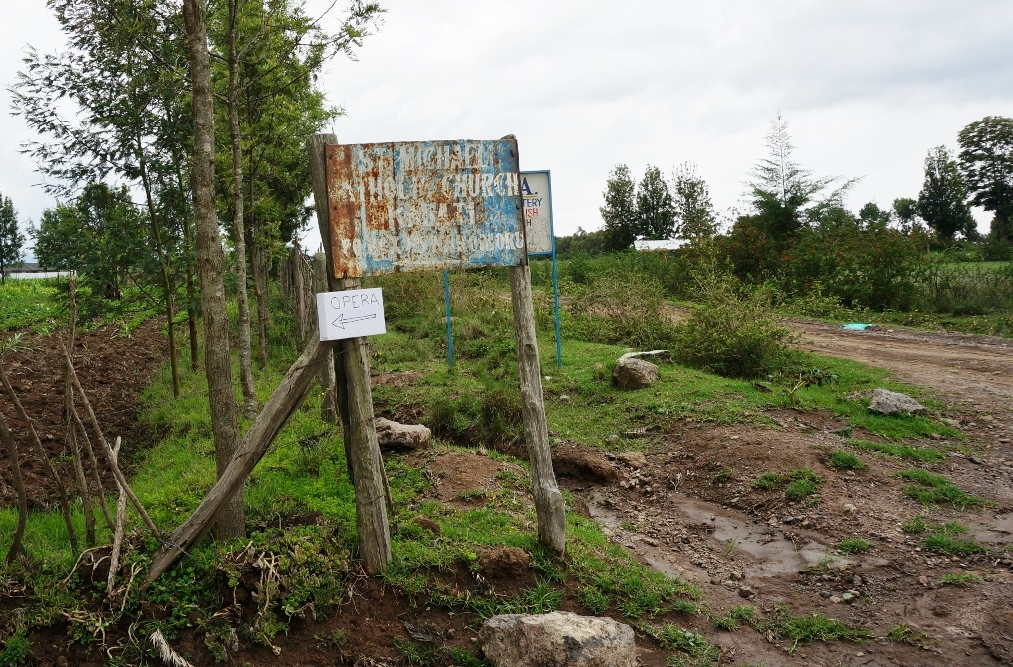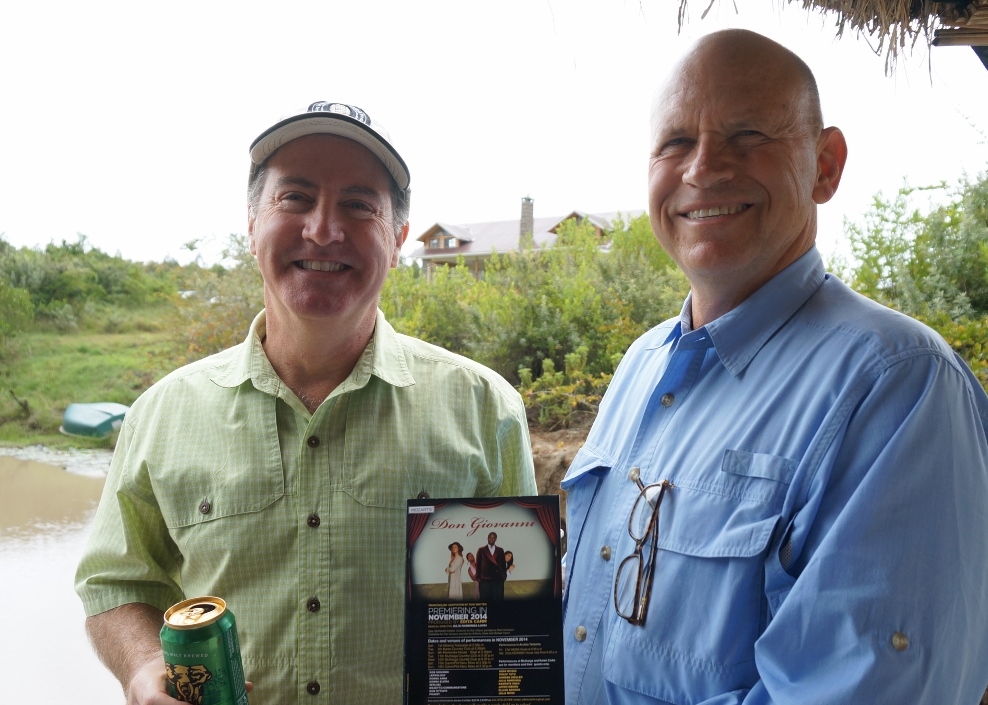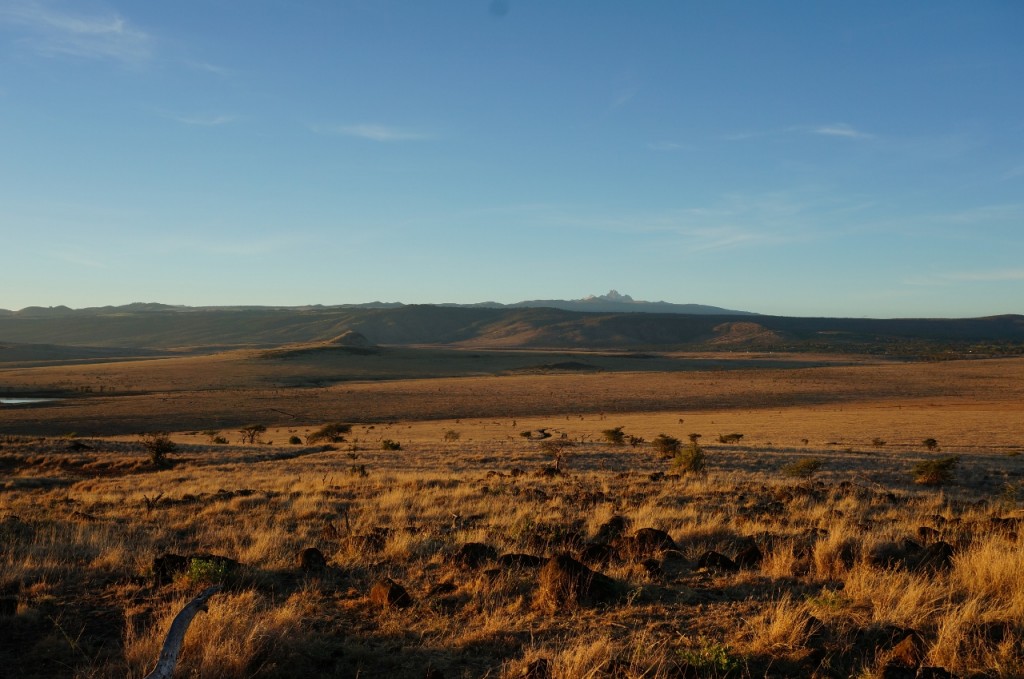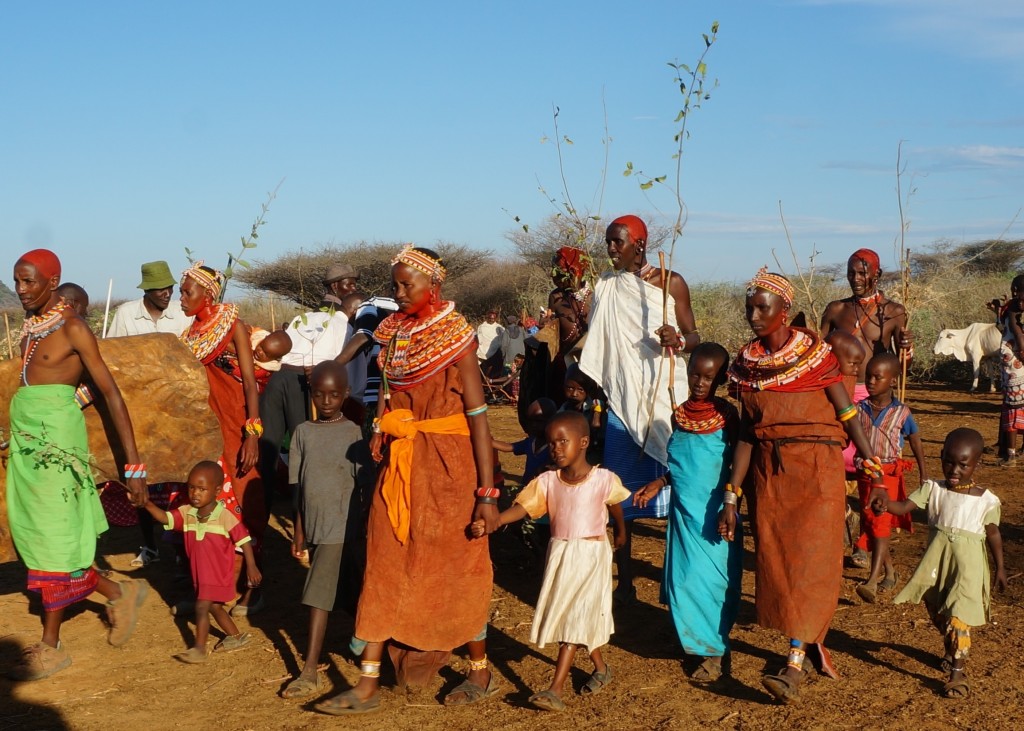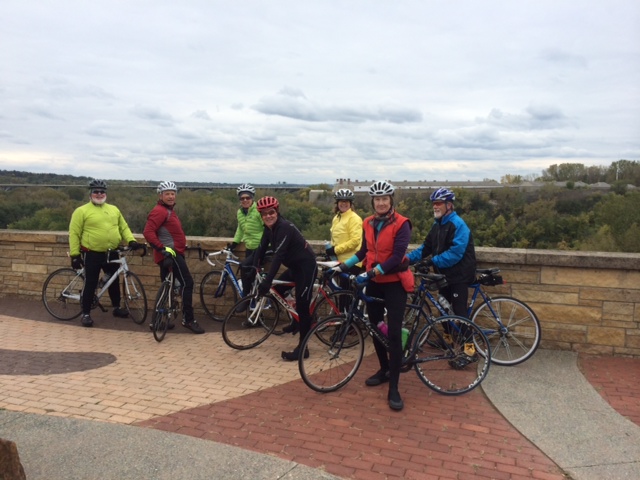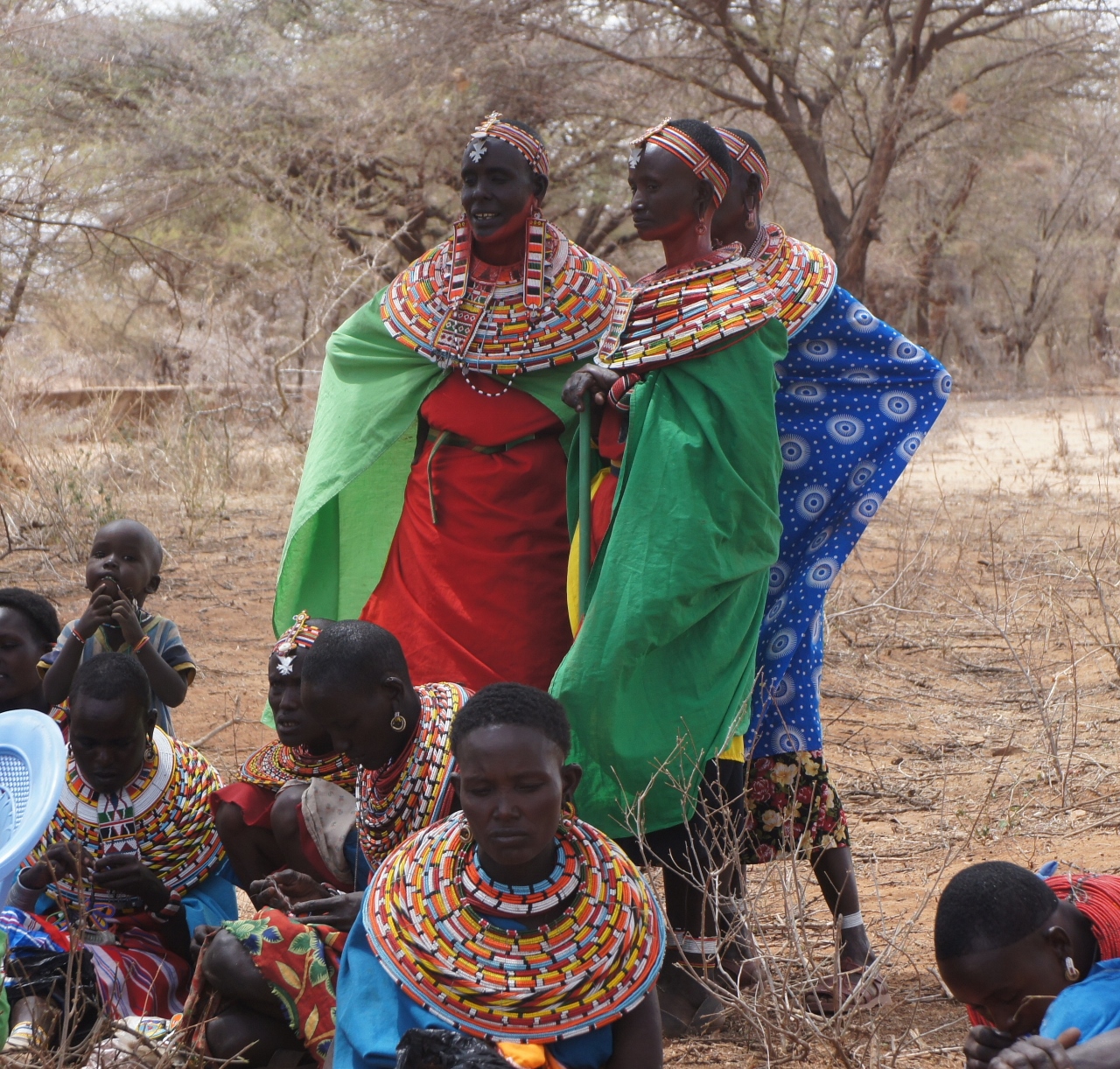Once upon a time, when our children were small and our budget even smaller, I was one of Santa’s elves. Around December 1st every year our bedroom door closed, the sewing machine came out and the kids were excluded from entry. “Santa needs help making all of those presents,” we told Marion and Richard. “He’s outsourced a lot of production to mommies and daddies around the world. You can’t go into our bedroom because Mommy is one of Santa’s elves.” The explanation seemed to satisfy the kids and they complied with the “do not enter” policy. Perhaps they thought that peeking would spoil their chances for a good Christmas haul.
The items created in my workshop relied heavily on cheap material and notions sourced from the S. R. Harris Fabric Warehouse where everything was always half price and if you had a special coupon they’d take an additional 20% off your purchase. Stuffed animals, dolls, doll clothes, pajamas, super hero costumes, Cabbage-Patch Kids, sleep-over sleeping bags and new winter coats rolled off my production line. I worked hard and tried to make things look “store-bought.” I was generally pretty pleased with the results and the Christmas tree was never empty.
In all those years I never really wondered what my poor but industrious elf counterparts were creating in other parts of the world. What types of toys did Santa order for the children in the jungles of Central America or Africa’s arid plains? What materials did the parent-elves there use to whip up their Christmas surprises? After 14 months living in northern Kenya, I have a pretty good idea. Santa recycles. African elves don’t have S. R. Harris. They have used plastic bottles, bottle caps, old tires, nails, strings, sticks and stones. They make some pretty cool stuff.
A stick, two large, bright orange bottle caps and two nails make a great push toy not unlike the ubiquitous corn-popper push toy that drives every American parent crazy. An old bicycle tire and a stick will keep a rambunctious boy occupied for hours and two sets of each will create a day of competition. Old rope is plentiful as are expanses of flat dirt, so jump-roping thrives. Kenyan school girls dream of following in the footsteps of the jumpers from Nairobi’s Kibera slums who speed stepped, Double Dutched, freestyled and jump-danced their way to the world jump-roping championships in Orlando.
And then there are the vehicles. Santa’s African elves can do a lot with an empty cooking oil bottle or a pint of whisky whose contents are gone, perhaps consumed in good cheer by the elf himself. A bottle, four bottle caps and four fasteners of any kind, combined together, make a car, a truck, a cart or a bus.
Merry Christmas
Anne and John Knapp
